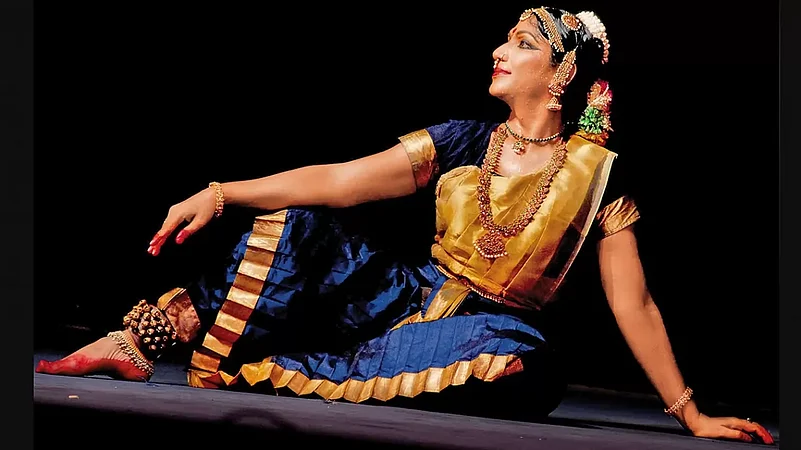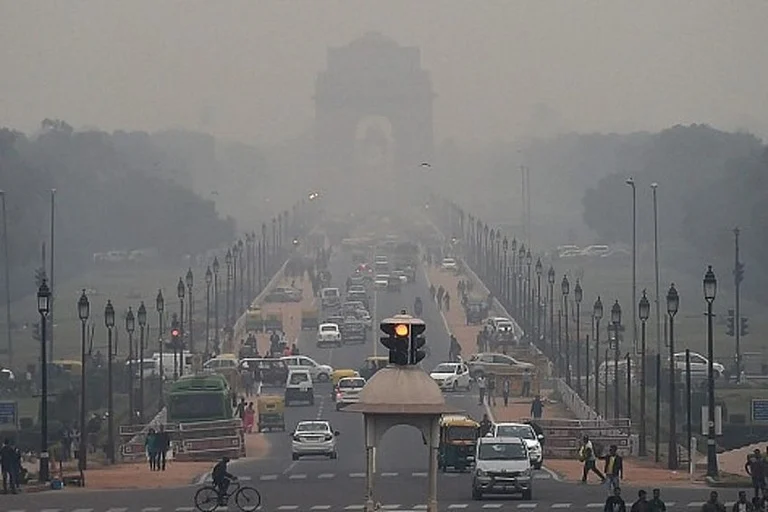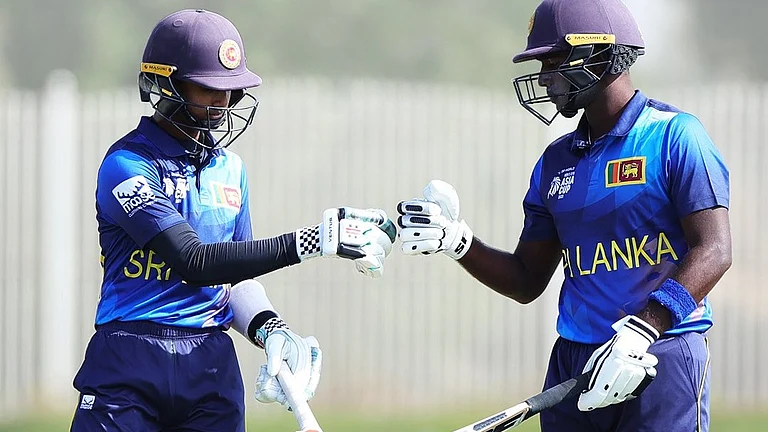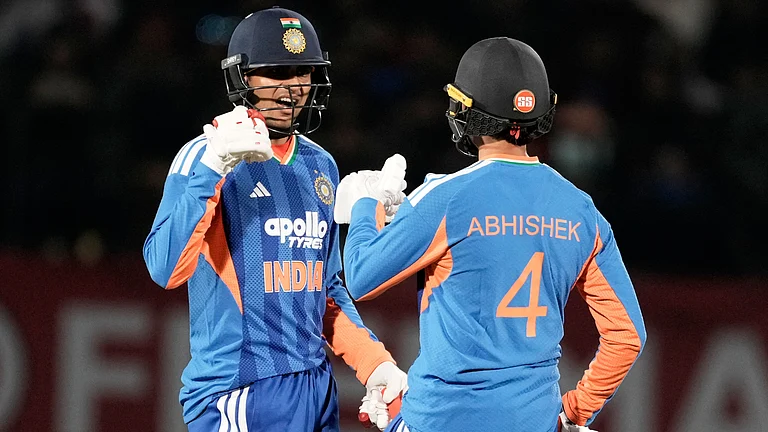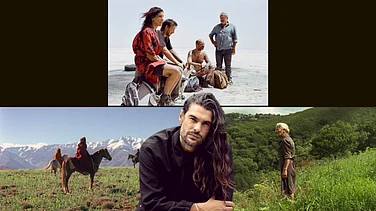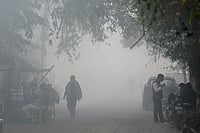From dancing in hidden corners to avoid snide comments to performing on stage in front of thousands of people, transgender Bharatnatyam dancer Narthaki Nataraj’s journey is one full of resilience. Hailing from a small village in Tamil Nadu, Nataraj’s passion for dance was ignited early on. Alongside her closest ally, Shakthi, a transwoman, she overcame societal neglect and together they pursued their shared dream of training in Bharatnatyam. Nataraj’s performances have gained international acclaim, and she has been bestowed with several awards and honours for her contributions to dance and her role in breaking down gender barriers. She spoke to Anisha Reddy about her journey so far.
Beginning with your early life, could you shed some light on how Bharatnatyam became your passion? What challenges did you face to get to the stage you are at now?
What I am today, and who I am today is because of my identity and my passion for dance. I was born in a small village in Anuppanadi in Madurai in Tamil Nadu. It was a very dry village, in the sense, there were no art and cultural programmes. After receiving no support from my family, I made the tough choice to leave at the age of 11.
But I had this imagination, this dream of dancing. My best friend, Shakthi (a transwoman), who is my strongest pillar of support, and I used to play on this huge ground in front of Sonaiya Temple. We would hang on the branches of a banyan tree, and that would be our gymnastics practice. But no one else used to play with us because of our identity. As a child, I did not understand why we were being neglected. So Shakthi and I decided to be a team. We would find lonely, deserted roads—the same roads our elders would warn us not to venture on because there might be ghosts—and practice our dance there. We picked these roads because no one could see what we were doing, so no one would have a problem with it. We picked these roads so that no one could abuse, humiliate or harass us.
We did not know the A-Z of dance, but we expressed ourselves and our bodies without hesitation. Years later, Shakthi and I started training under Kittappa Pillai’s gurukulam in Thanjavur. The motive was not of fame, but that of learning under the best. Now, I feel the most confident when I dance on a stage in front of a huge crowd.
How did the dance form help you express your emotions and identity to the fullest?
I have always thought of my body as a beautiful painting. I feel like a queen, that I am still 16. And that feeling and expression translates into my dance. I used to watch yesteryear’s dancers in the movies of the 80s. I always wanted to dance like the actress Vyjayanthi, so I would carefully watch her every step, every expression and movement and try to do them myself. I have never thought of identity as a hurdle. We do face a lot of roadblocks, but we still never let go of our identity, so I choose to believe that my identity is my good luck. But my artistic achievements are never the result of my gender. I don’t like it when media reports put it that way. Being a transgender Bharatnatyam artiste is not my only claim to fame. In all these years, I have been bestowed with the Padma Shri, Sangeet Natak Akademi Puraskar and Krishna Gana Sabha’s Nritya Choodamani and the Kalaimamani award. But all these awards are due to my talent, and not due to my gender.
What would you say about the representation of transgender persons in the public sphere today?
If someone questions my gender or my identity I just tell them, “I am fine da, I am happy, what is your problem?” In the public sphere, after Chief Minister MK Stalin came to power in Tamil Nadu, the DMK government has made an effort to include the LGBTQIA+ community within their policies. I am now one of the eight members on the State Development Policy Council (SDPC). This is probably the first time the community is being represented in a top government decision-making body.
I also helped coined the term, ‘Thirunangai’ (divine woman), to replace the other regressive slurs used to denote our community. When former Chief Minister, the late M. Karunanidhi, came to know about it, he ordered that the ‘others’ category under gender section in official documents should be replaced with this term. Inclusion of the community within the government helps make such significant decisions.
With regard to the art form, when I go to perform for an audience that usually comes from the IT sectors or engineers, I cater my performance to their needs. “Why dance with engineers, why dance with doctors?”—are the themes I use for my performances. It helps me mingle with the common people.
For young people who might be realising more about gender as they grow up, do you think the representation they see on media will do them good?
The young have a lot of questions. When I interact with college students during my motivational speeches, I am met with so many curious students. One girl came and told me, “My eyes look different compared to my friends. So everyone teases me.” But I told her that looking the same as everyone is boring, that she has a unique quality and she should embrace it. Then one other girl was being teased for behaving too “manly”. But I told her to express what she feels and not to hide. But one thing I always highlight to the children is to keep education as their backbone. Once they are well-educated and have all the resources, they can decide their course of life themselves. I don’t know that much English, but I try to read Tamil books. I completed Class 11 and 12 despite financial challenges because I know how important education can be.
Tell us a little about your Velliambalam Trust School of Dance in Chennai and how it supports the community.
Along with my friend, guide and mentor, Shakthi, we run the Velliambalam Trust School of Dance, a Bharatnatyam dance school in Chennai, which also has branches in the US, the UK and Norway. We don’t have much financial support to run the institution, but I try to contribute my earnings from small programmes to the Trust so that I can empower my community. Together, we have been teaching dance to Indian and foreign students, especially for the members of the LGBTQIA+ community. A majority of the proceeds from the Trust go towards empowerment of the transgender communities.
Do you notice any significant progress in the representation of the third gender in the public sphere since the 2014 judgment?
Whenever someone asks me about the Supreme Court judgment, I tell them that I am fine with being called third gender, or even 30th gender. But who gets to decide who the first gender is? Having said that, the judgment does acknowledge the community’s existence and provides them with some benefits, so I am glad it helps us. But I don’t think the judgment has helped with representation. Despite winning awards and gaining recognition, I know that my childhood was ruined by society. A large part of the community, including me, still does not have enough financial support despite the progress in awareness. But we still try to fill our homes with happiness.






